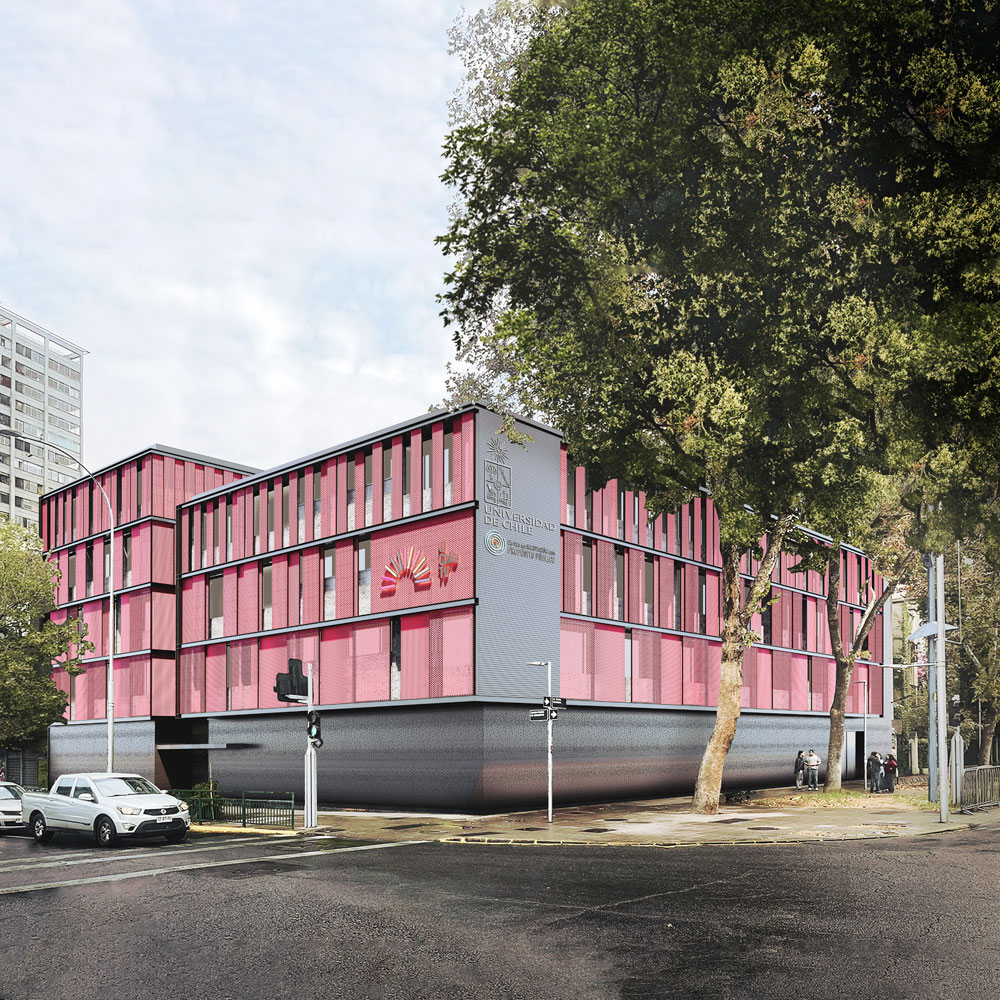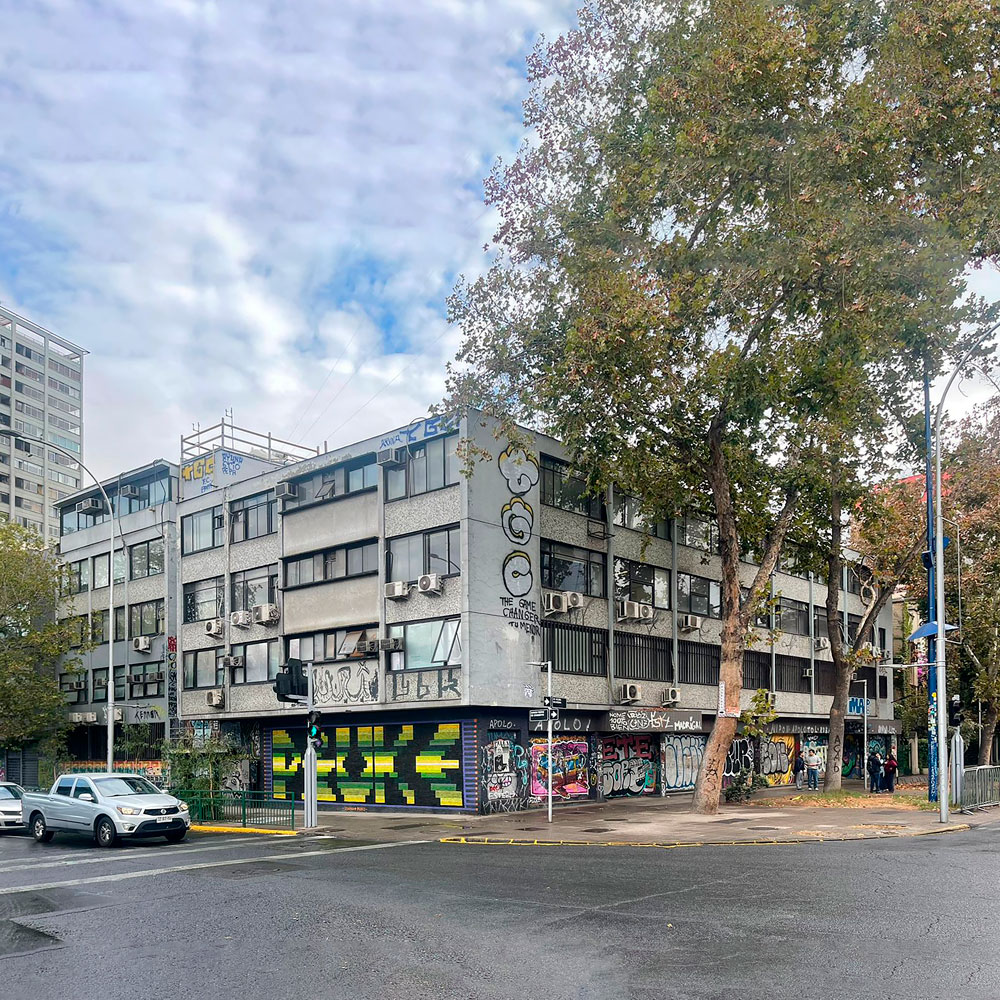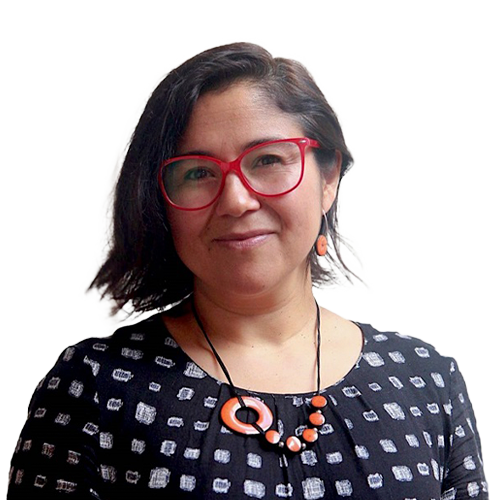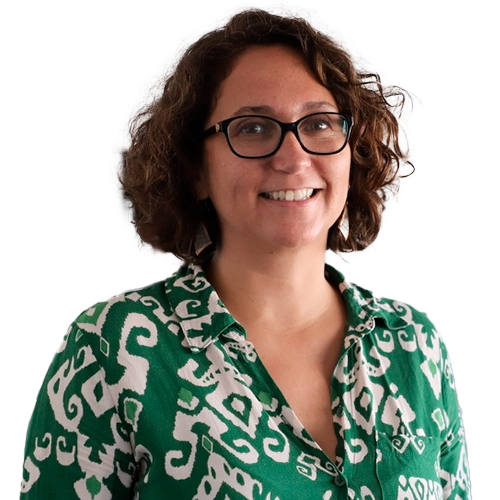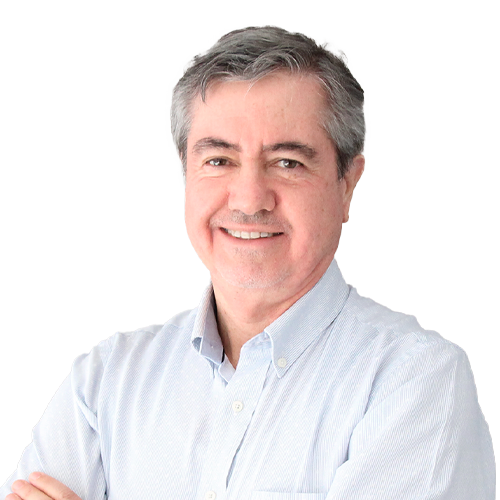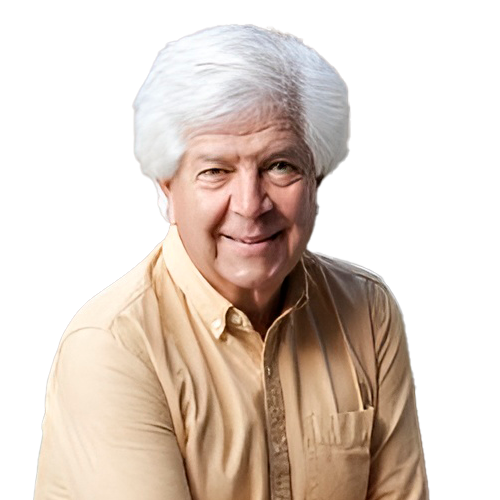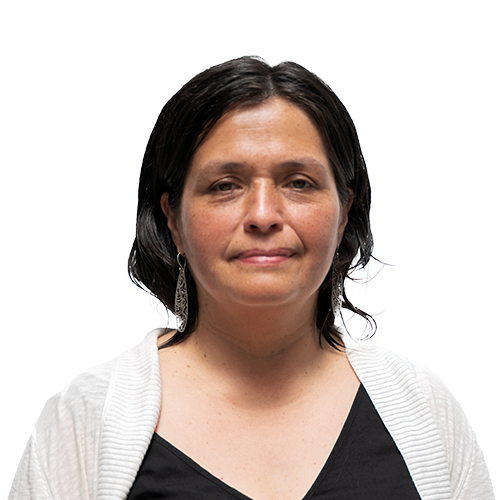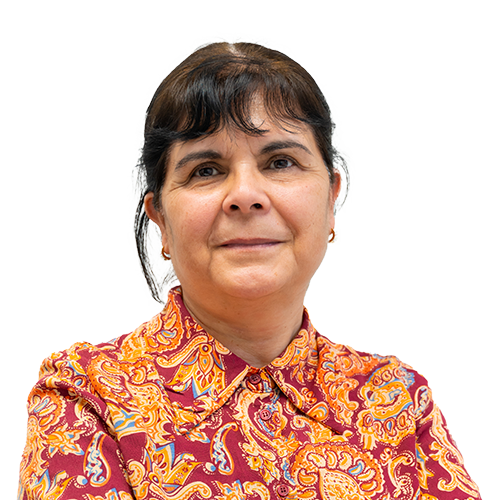A Civic Landmark for Knowledge, Collaboration and Urban Transformation
Innovation Co-Laboratory in Downtown Santiago
The building is located in the heart of Santiago and is part of the city's main axis. This strategic location is not only in the centre, but is also part of the institutional axis formed by the Universidad de Chile and the sector's urban renewal plan, connecting with key spaces such as the Andrés Bello Campus, VM 20, GAM and the Museum of Fine Arts. Its location is an added value for the city and the university community.
A Space for Innovation
Our Innovation Co-laboratory, located in the centre of the city, connects spaces for strengthening the civic fabric and fosters collaboration between different actors. This space aims to be a meeting place to generate creative solutions that have a positive impact on social and urban development.
Facade Remodeling Proposal
The institutional proposal for the façade combines design and functionality, integrating two main materials that respond to the social and geographical context of the building.
The second floor is characterised by its robustness and security, thanks to a micro-perforated steel cladding designed to prevent access by outsiders. This material is carefully selected, with thicknesses and models adapted to the specific needs of the project.
On the upper levels, movable expanded metal panels are proposed, with sufficient density to allow light to pass through when closed. These panels will also protect the windows and can be moved to maximise light, improve ventilation or facilitate the maintenance of elements such as air conditioning and the façade itself. This design provides dynamism and a corporate identity that can be adapted to the city's events.
A Symbol of Innovation
This proposal gives the building a unique identity that positions it as a symbol in the collective consciousness. It not only represents the capabilities and innovative spirit of the Co-laboratory, but also consolidates the Universidad de Chile as an outstanding reference in innovation at the national level.
